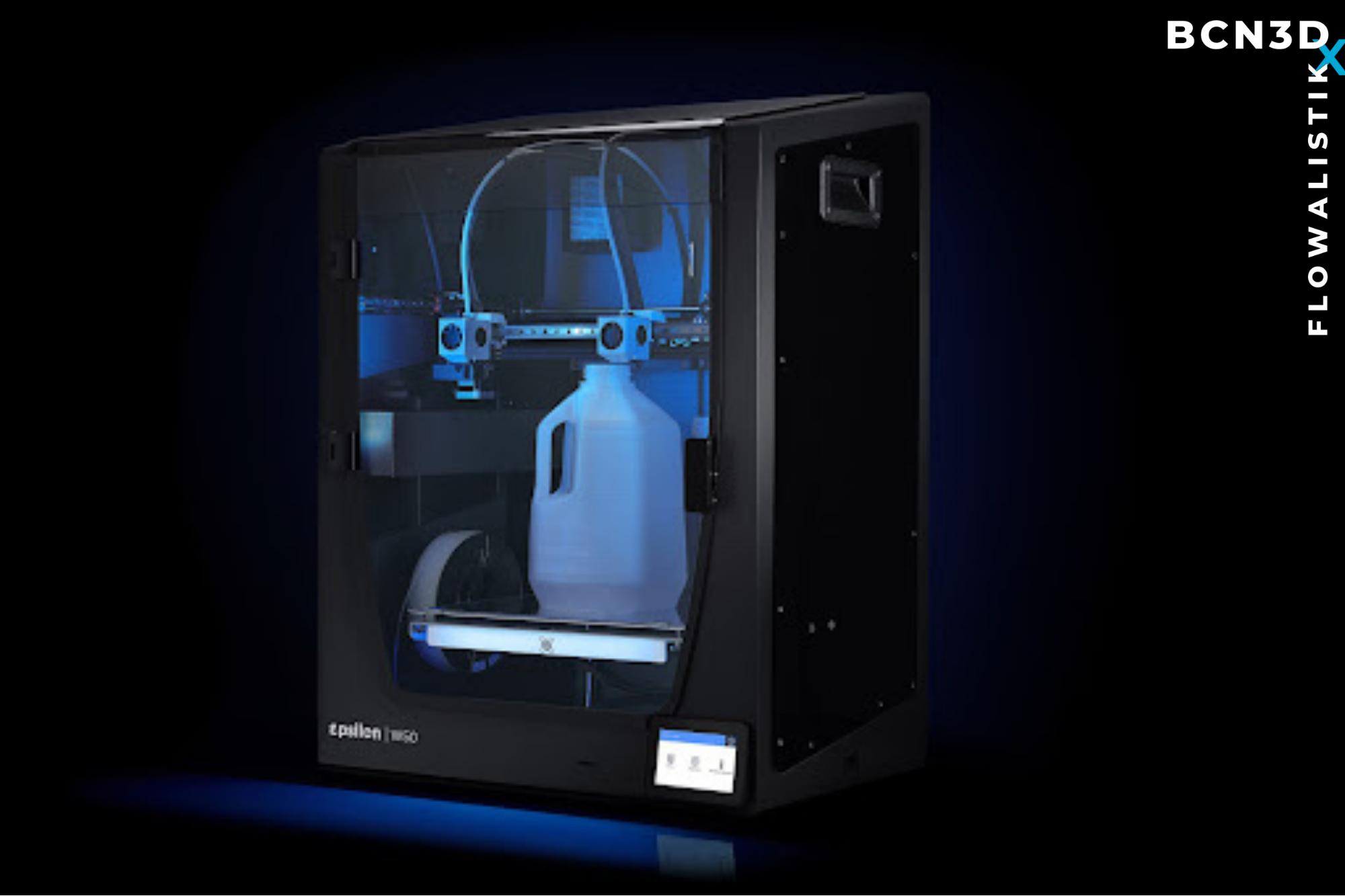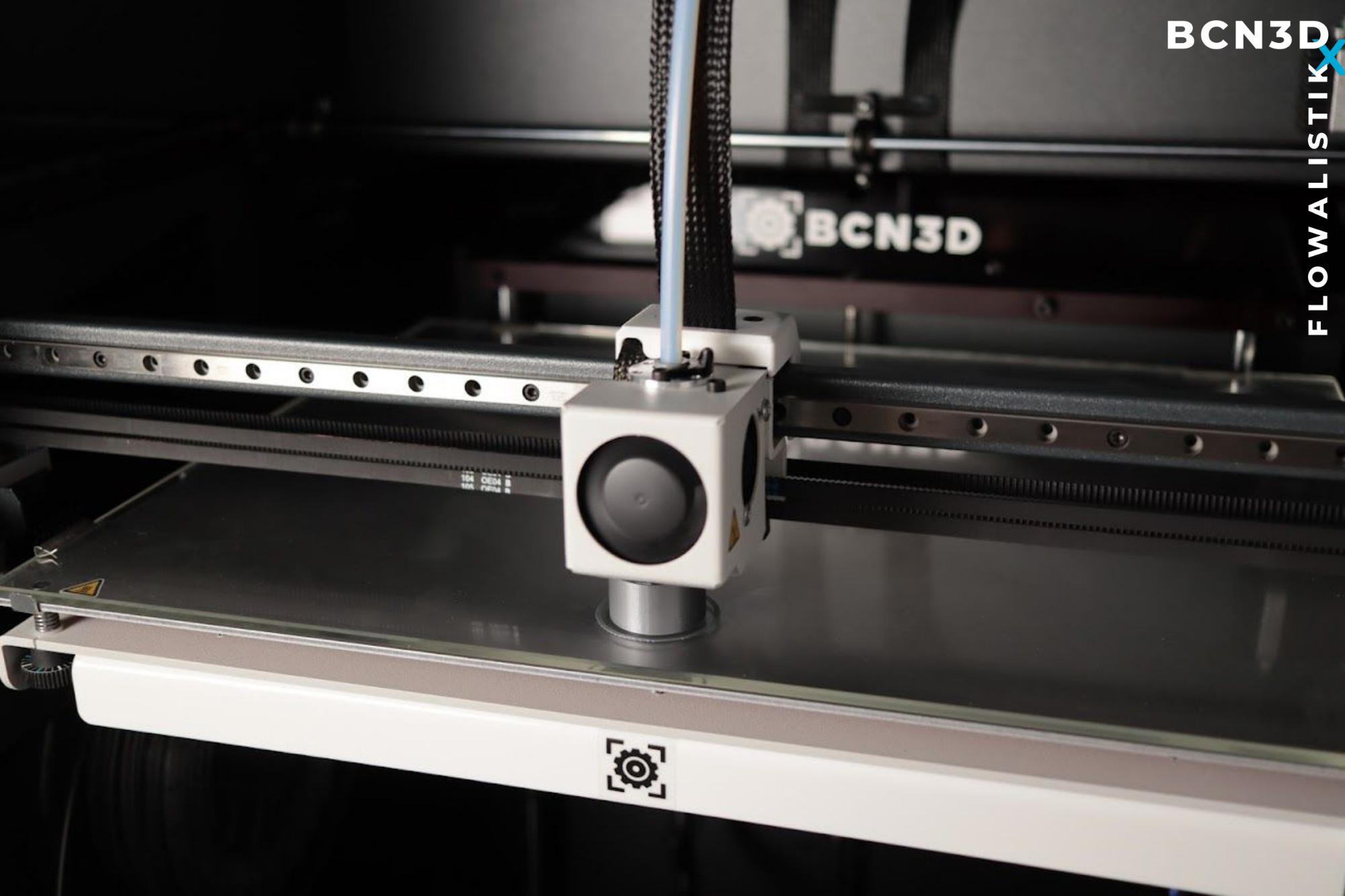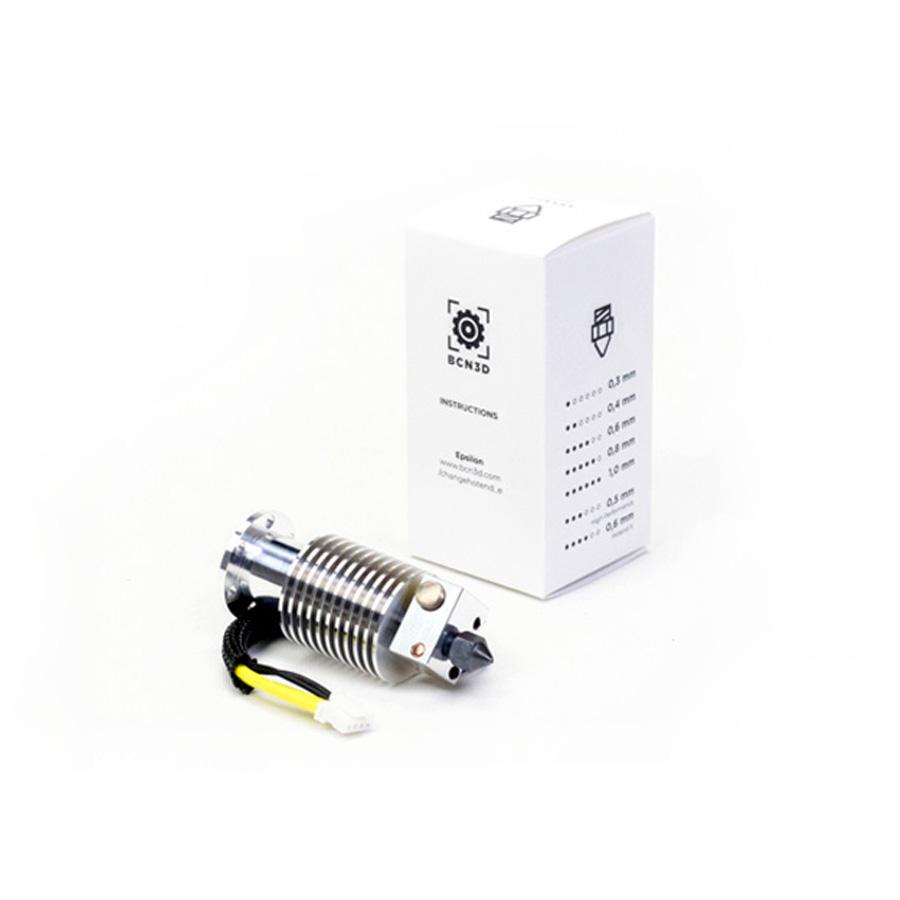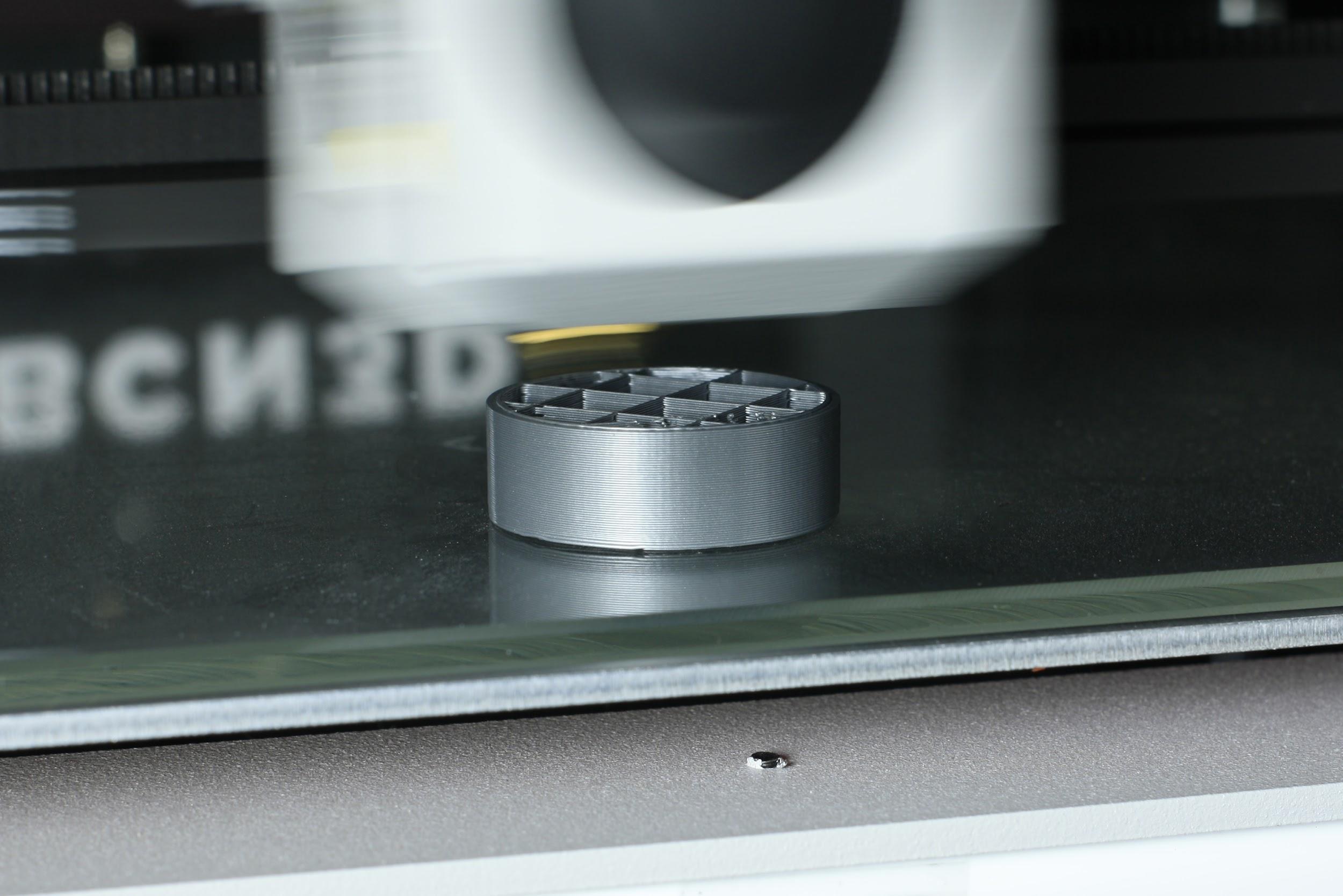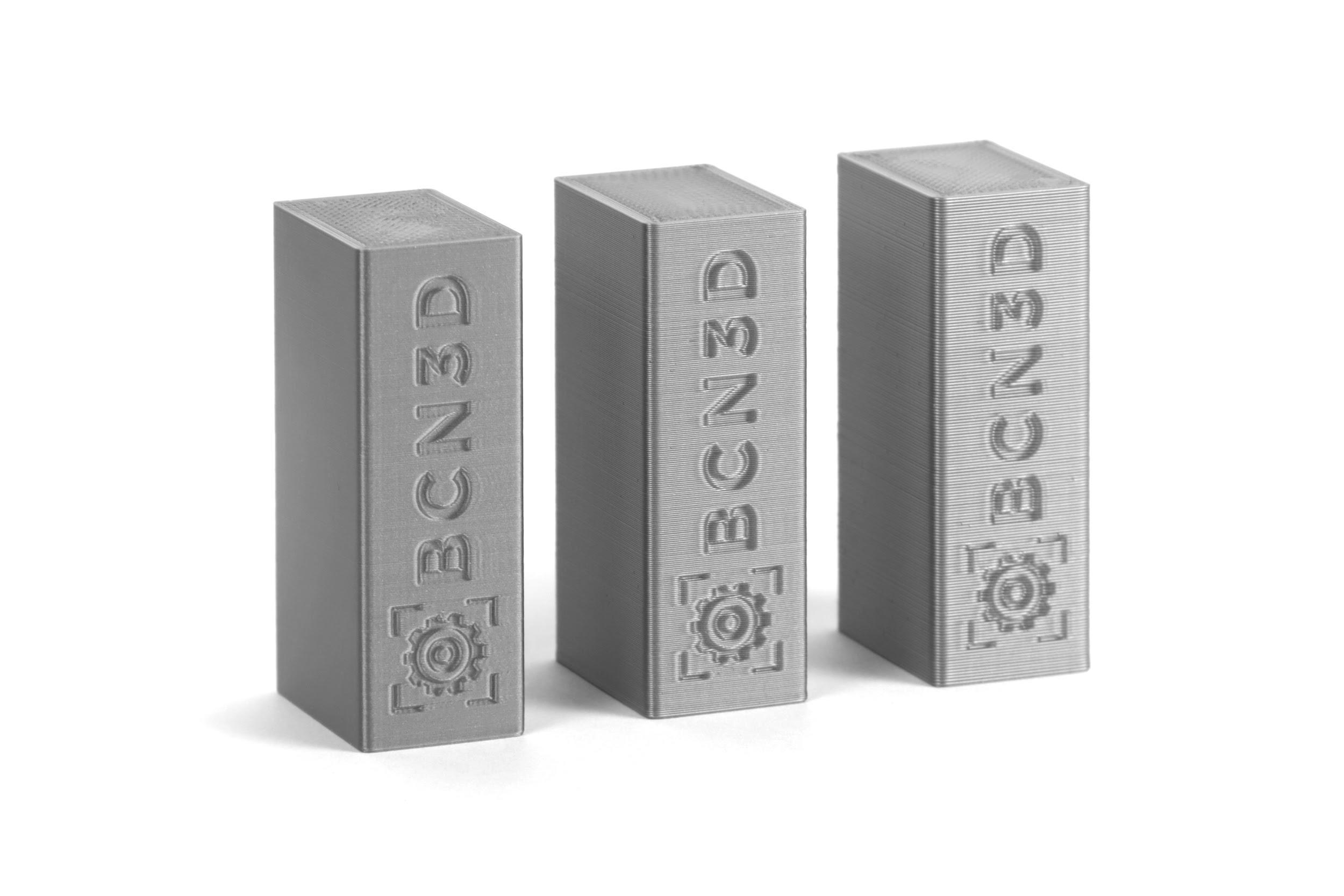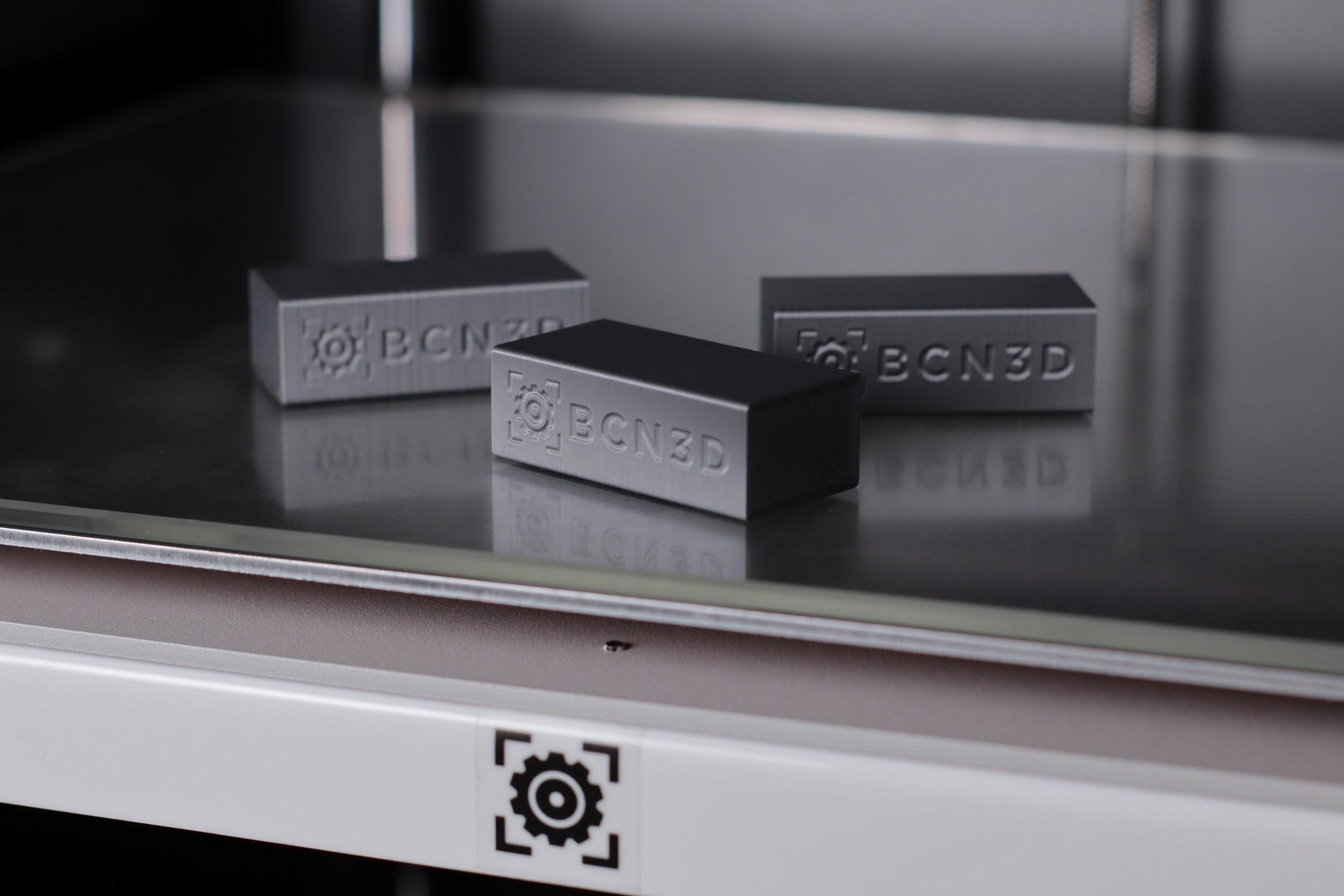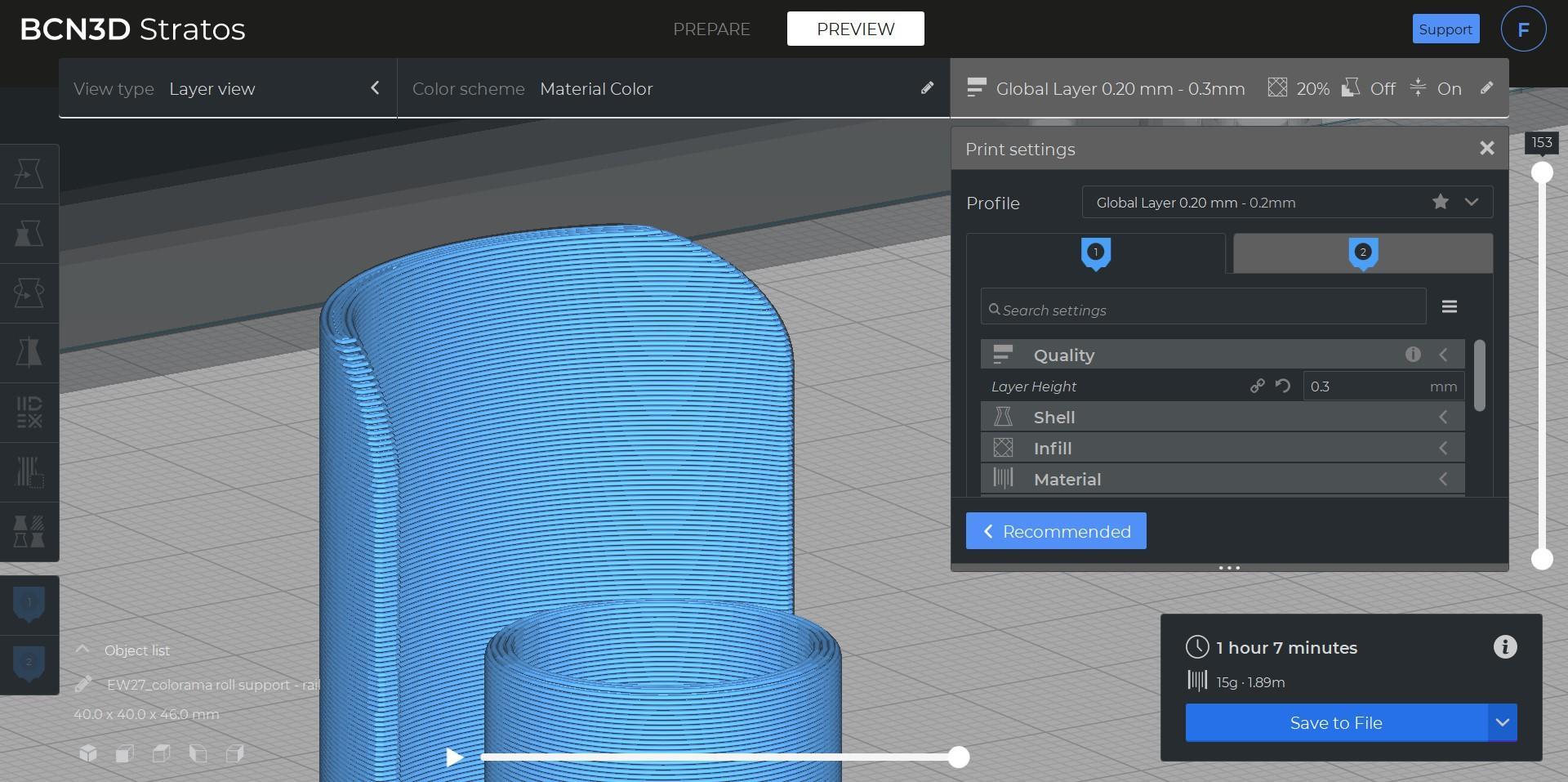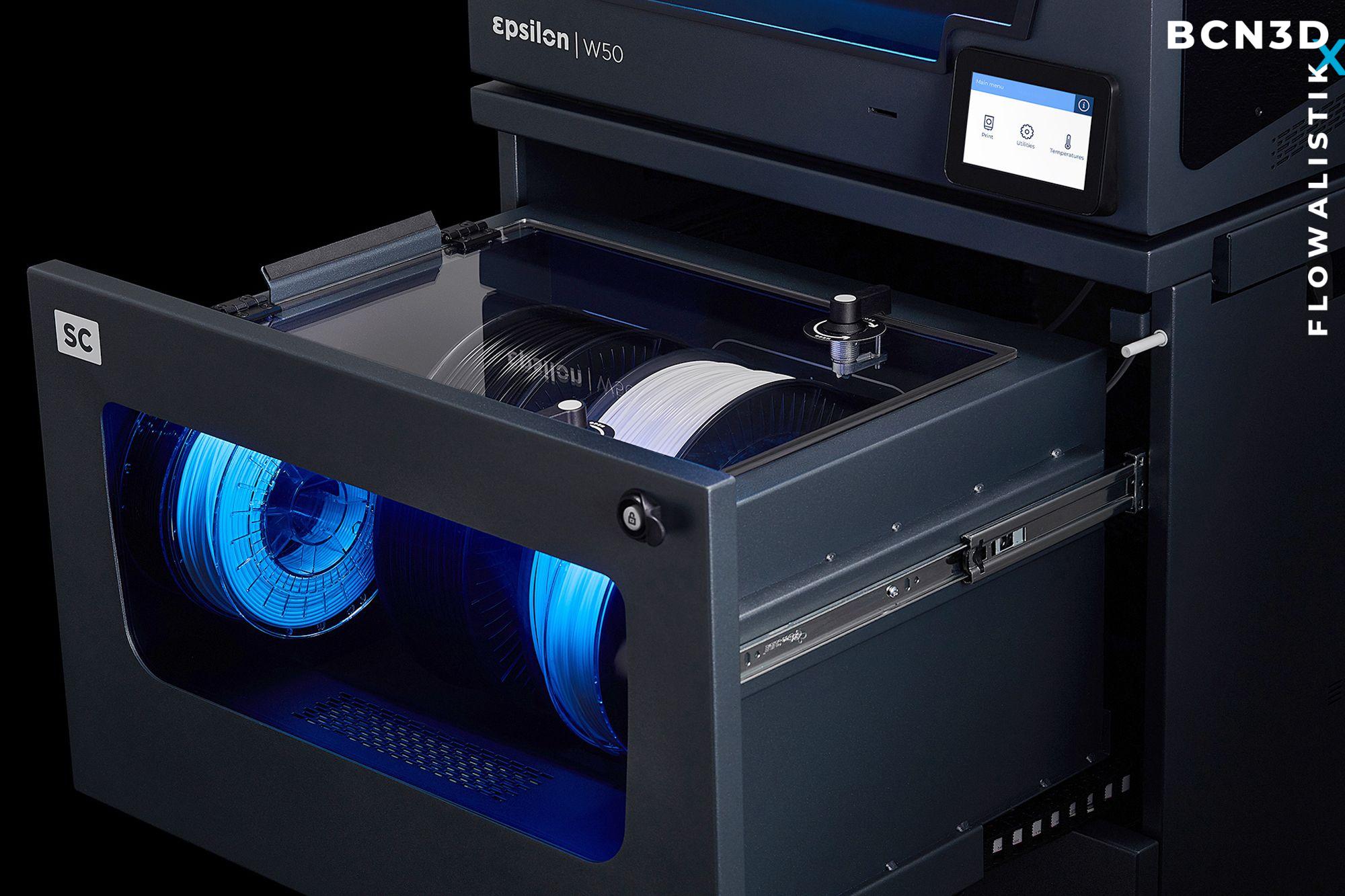
2 minute read
Types of Build Plate Adhesion
from BCN3D Slicing Guide eBook
by BCN3D
Part orientation
The more surface area the initial layer has, the better. When possible, it’s always recommended to orient the parts to maximize the initial layer surface area.
Advertisement

Types of Build Plate Adhesion
Within all the adhesion-related settings, there’s one that stands out from the rest: Build Plate Adhesion Type.
In BCN3D Stratos, you can find four different options that can help you improve both priming the extrusion and the build plate adhesion.
None When this option is selected, the 3D printing process starts as soon as the temperature is reached and the material is purged.
This option is not recommended unless the 3D printing process is entirely under control. If you want to reduce the print time or the amount of material used, the Skirt feature is the best option.

Skirt The skirt is a line printed around the model but not connected to it.
Even though this option doesn’t directly affect build plate adhesion, it can prevent issues in those cases where insufficient material is purged before the print starts.
More material is purged by printing a line around the model, guaranteeing that the right amount of material will be extruded when the initial layer starts printing.

Brim The brim adds a single layer of flat area around the base of the model, preventing warping.
This uses a bit more material, but it’s essential when using materials such as ABS that tend to warp. It’s also recommended when manufacturing parts that have a small surface area.

Raft The raft adds a thick grid with a roof below the model, which guarantees a good build plate adhesion.
This option is only recommended if the model geometry and material present apparent build plate adhesion issues. It consumes a relatively large amount of material and generates a textured bottom layer as it doesn’t touch the smooth build plate.



